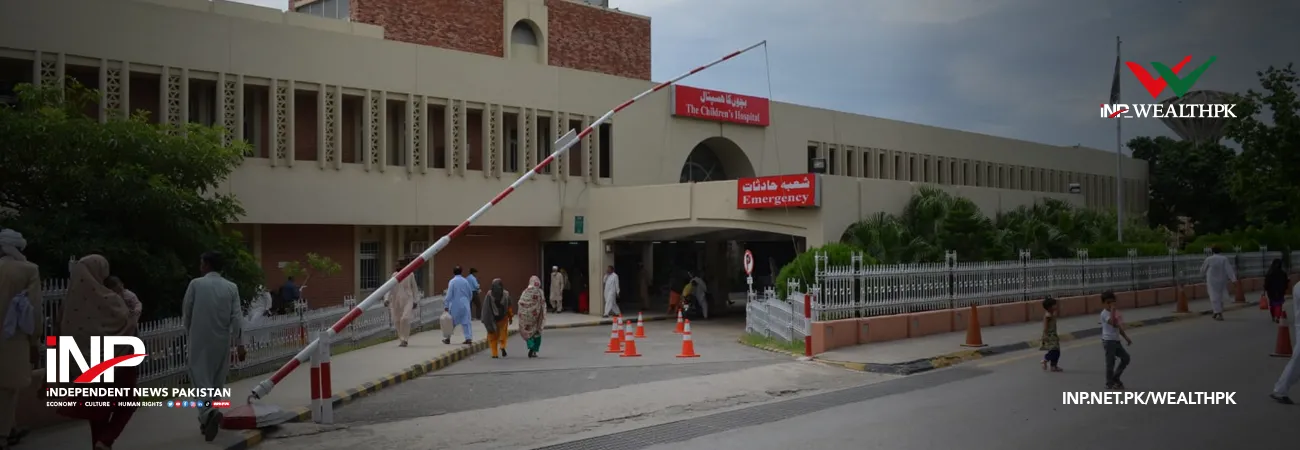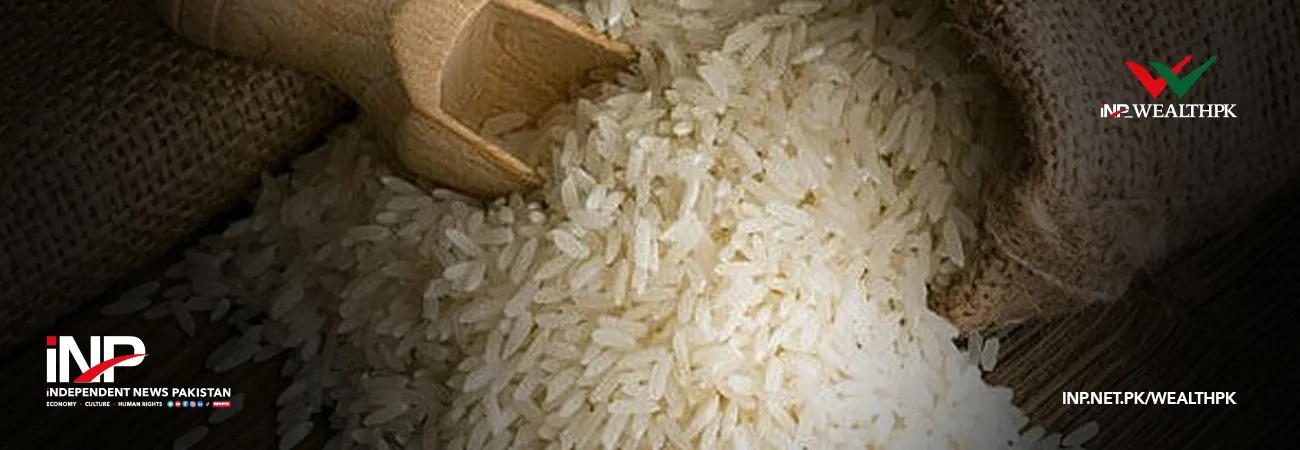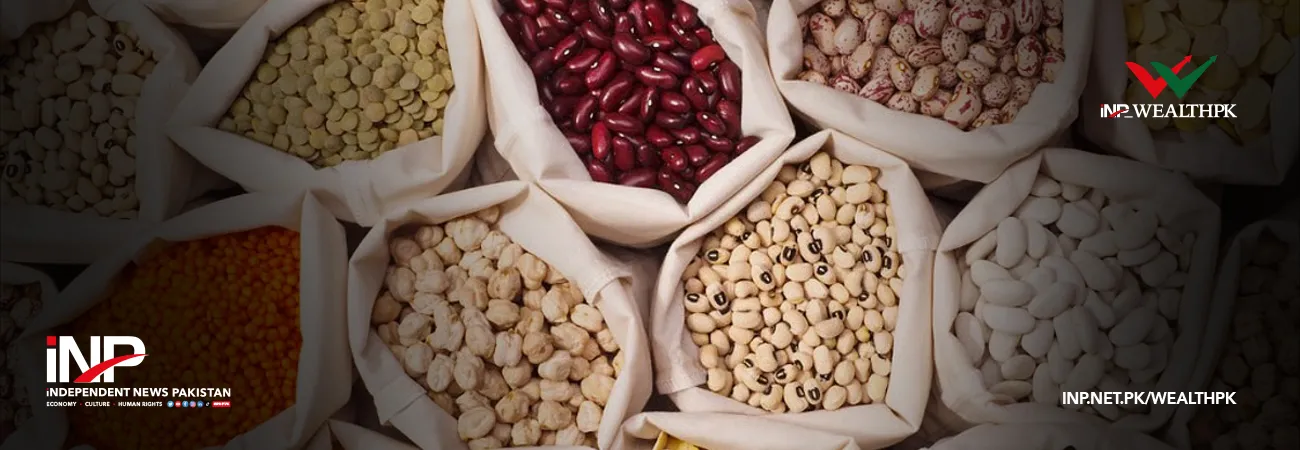INP-WealthPk
Abdul Wajid Khan
The overall economic outlook shows an optimistic picture of the economic performance in the coming months but the economic environment will remain challenging due to the damages caused by floods, according to the latest monthly economic outlook report of the ministry of finance, a copy of which is received by WealthPK.
The consumer price index (CPI) inflation is declining, rupee has gained stability, and the current account balance is on an improving trend. These developments indicate that economic activity will remain positive and persistent in the coming months.
For the future path of inflation, the exchange rate is of immediate importance. Moderating inflation also contributes to exchange rate stability, which in the benign case may generate a virtuous inflation-exchange rate cycle. Further, the exchange rate stability requires sound economic fundamentals.
Besides inflation, a manageable current account deficit and guaranteed financing of this deficit by healthy financial inflows are required. When markets get convinced about these prospects, speculative bubbles in the exchange market would be highly unlikely. In the baseline short-to-medium run, the current account deficit is expected to reduce because of sound domestic fiscal and monetary policies.
A major risk factor, though, relates to the necessary imports to absorb the devastating consequences of the floods. Also, downward revision of Pakistan’s main trading partners’ outlook may have a downside risk for exports in the coming months.
For the fiscal sector, catastrophic floods require rehabilitation and massive expenditures, which will pose a significant challenge for fiscal consolidation. On the other hand, growth prospects have weakened, along with contained economic activities, and a low demand will impact on resource mobilization. Thus, FY-2023 is moving on with challenges, seeking a balanced policy mix for stabilization.
In the long run, for a healthy growing economy, a significant raise is required in gross fixed capital formation instead of consumption. This will increase the national income significantly. Further, there is a need to enhance the productive capacity and productivity in each sector to substitute imports by domestic production and provide more supply capacity to foreign markets.
The report also highlighted that the economic environment in Pakistan will remain challenging due to the damages caused by floods. The agriculture sector has been particularly hit hard by the destruction brought on by floods, and due to forward linkages, this impact will also be transferred to other sectors of the economy, thus changing the overall economic outlook.
In October 2022, international oil prices continued to decline. Thus, it can be predicted that the current cycle means reverting process has been extended. International food prices have also been experiencing a decline during the previous three months. Furthermore, the broad money developments seem to be compatible with lower and stable inflation. On the other hand, the exchange rate in terms of Pakistani rupees to the US dollar has started appreciating. Thus, the local average prices of basic goods declined as compared to September, which is likely to reduce CPI inflation.
The supply disruptions in view of recent floods have resulted in a shortage of perishable food items, thus posing risks of higher inflation. These inflationary risks have partially been alleviated due to the timely decision to import perishable items by waiving off the customs duties. Administrative measures are also being taken to control price speculation to ease out inflation.
In addition, the government’s action against private banks involved in artificially jacking up dollars helped strengthen the rupee against the dollar. Also, the declining international commodity prices are expected to offset the inflation spikes that emerged due to domestic supply shocks. Nevertheless, it can be expected that year on year CPI inflation in the month of October will maintain its declining tendency observed in September. It is expected that CPI inflation will remain in the range of 21-22.5%.
In the real sector, preliminary estimates of important Kharif crops 2022 reported a decline in the production of sugarcane, rice, maize, and cotton due to floods. The prevailing weather conditions are supportive and the shortage with average system usage seems manageable.
Stabilization measures in the form of monetary and fiscal tightening and import compression strategies to correct the imbalances suppressed large scale manufacturing (LSM) by 0.4 % during Jul-Aug FY-2023. Industrial activity measured by the LSM index takes place in the sector most exposed to the developments in international markets.
The cyclical position of Pakistan’s main trading partners has deteriorated month after month since last fiscal year. For September, the continuing deterioration in the cyclical position of the main trading partners and the recent devastating floods are likely to slightly slow down industrial activities in Pakistan.
In fiscal, monetary and external sectors, the fiscal deficit during July-August FY-2023 has been recorded at 0.9% of GDP. In the first two months of the current fiscal year, net federal revenues grew by 12.3%.
In addition, moderation in imports may indicate a slowdown of domestic activities. As expected, according to Balance of Payments data, the balance of trade in goods and services improved in September, 2022. This can mainly be attributed to a decline in imports, which was brought on by slower growth, government restrictions, and negative seasonal effects.
Also, exports declined slightly due to the sluggish foreign demand while domestic supply issues may have played a more important role.The outlook for the next month revealed that the trade balance will improve in the coming months on account of import contractions, a deceleration in domestic economic activities and aggregate demand. However, exports scenario may improve due to a revival of infrastructure in flood-hit areas of the country. Remittances are expected to revert back to around the level of USD 2.7 billion.
Therefore, in the baseline scenario, the current account balance is expected to move towards an equilibrium or even a slight surplus.
Credit : Independent News Pakistan-WealthPk













